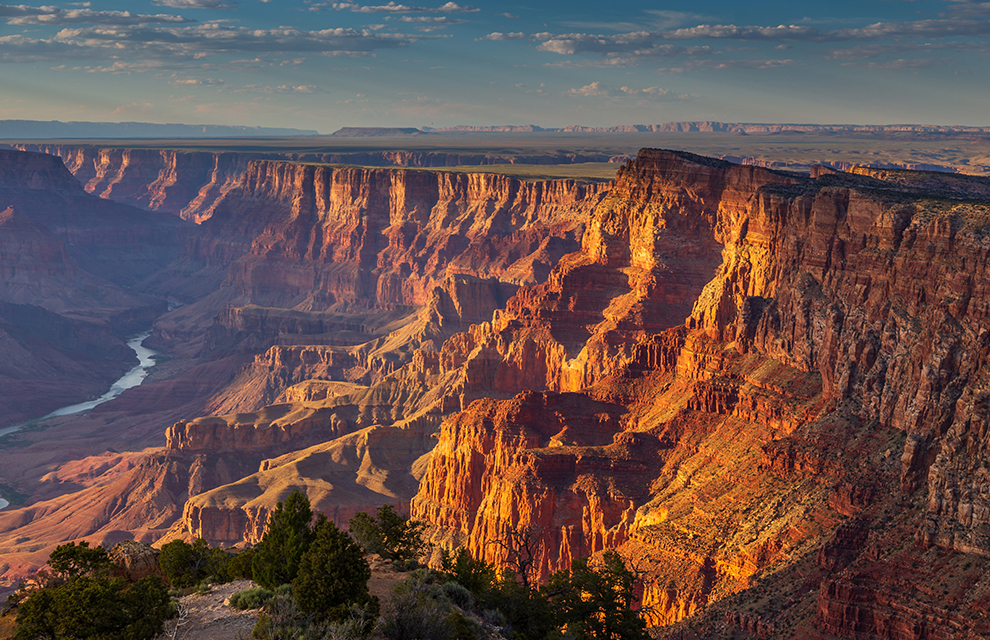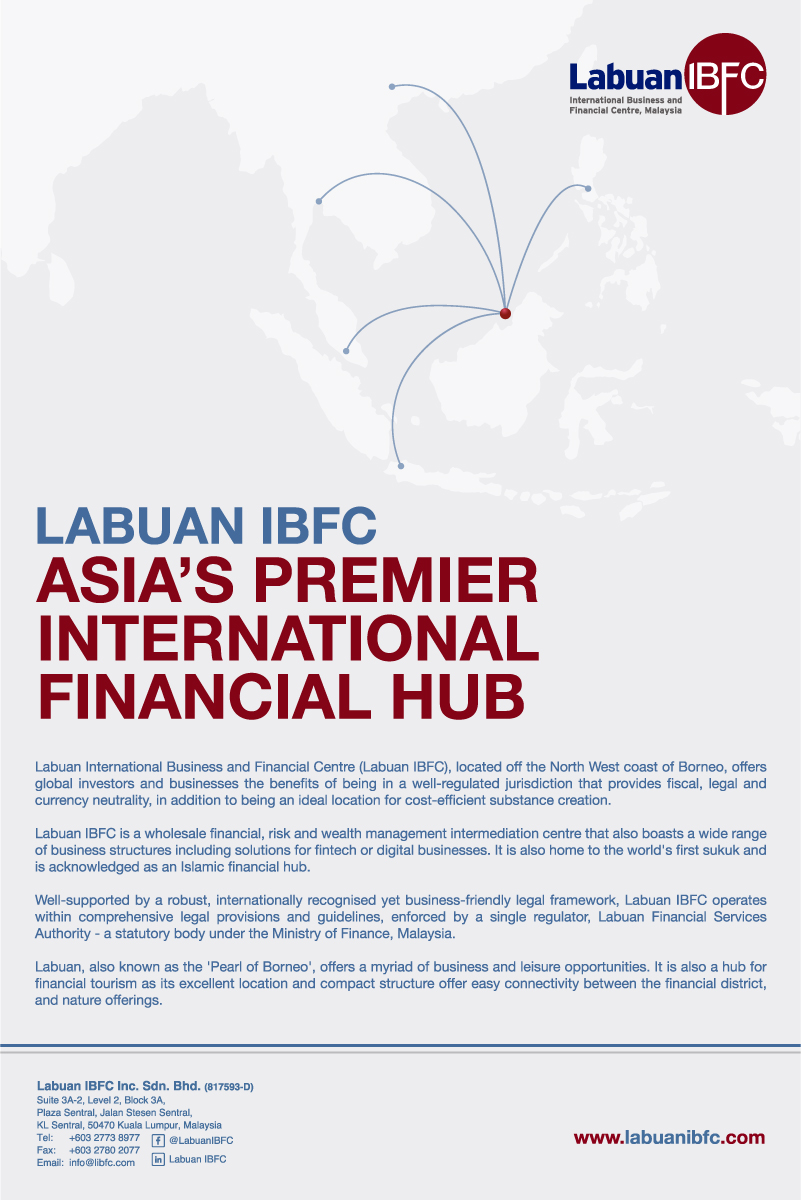With the hardening market and implications of the pandemic, Arizona is positive about what’s in store for the state’s captive insurance market
Arizona first established its captive market in 2002 and since then, its captive insurance market has seen considerable growth. As of 2019, captives in Arizona had written more than $9.4 billion in gross premiums, representing a 40 percent increase from 2015’s figure of $6.4 billion.
The Grand Canyon State, which is ranked as the tenth-largest captive jurisdiction in the US, has local captive managers, attorneys and is supported by the Arizona Captive Insurance Association (AzCIA).
At the start of the year, the Arizona Department of Insurance (DOI) revealed it licensed nine new captives for 2019, taking the total number of captives in the state of Arizona to 128.
New captives included Global Mountain Risk Solutions (pure), Hearing Protection Insurance Company (pure reinsurance), Martin Street Insurance Company (pure), MG Insurance Captive (pure), Peak Assurance (protected cell), Pleiades Insurance (pure), SAC Insurance Company (pure) and UB Insurance (pure).
Breaking down the figures, Arizona has 83 pure captives, 23 pure reinsurance captives, 11 risk retention groups, five industry group captives, two association captives, three protected cells, and one agency captive.
Of the 128 captives, the finance and insurance industry dominates with 29, followed by health and social assistance with 28. Other industries include construction with 15, manufacturing with 12, transportation and warehousing with nine, retail trade with six and for all other industries not listed there are a total of 29.
Arizona has already licensed 10 new captives in 2020 and has one currently pending application under review, reveals Vincent Gosz, chief captive analyst at the Arizona DOI.
Also commenting on this year’s figures, AzCIA president Rae Brown suggests that the market will experience approximately a five percent growth.
Brown explains: “Historically over the last 10 years, Arizona has experienced an average three percent growth, so 2020 is set to outpace the average.”
With the commercial insurance market firming in recent years and with the upheaval caused by the pandemic, captive owners and their advisers are clearly looking for ways to make adjustments in their captive programmes in response.
Gosz explains that most new Arizona licenses have been for pure captives, as has historically been the case, but we’ve also seen activity in the protected cell captive area.
A hard insurance market is a high demand for insurance coverage and a reduced supply. Insurers impose strict underwriting standards and issue a limited number of policies. The premiums are high and insurers are disinclined to negotiate terms. After years of a flat or falling insurance market, 2020 saw an increase in premium rates in nearly all commercial markets except workers compensation.
Brown explains: “Hardening markets are being attributed to sustained low investment rates of return and higher than expected losses not to mention pandemic losses for high severity/ low-frequency coverages.”
She suggests that captive service providers in Arizona are not only seeing an increase in captive formations but also inquiries into the use of captives as a strategic tool in risk management programmes.
Along with new formations, Brown notes that those existing Arizona captive owners have sought to expand the capacity of their existing lines of coverage and add new lines to their captive.
“Arizona has historically seen a steady year-over-year increase in the numbers of captive insurance company formations and I expect the trend to continue,” Brown adds.
Red Rocks
One of the biggest challenges for the captive industry as a whole continues to be the COVID-19 fall-out.
Brown suggests that there will be much to learn from the pandemic for captives and it will take time to sift through the details to learn the lessons and plan for our future.
She says: “Just a few of the questions that we are asking include: what captive coverages are applicable to the pandemic; what commercial coverage restrictions will the already hardening marketplace place on future captive coverages; will a Pandemic Risk Insurance Act (PRIA) become available as a federal backstop?”
The answers to these questions and countless others will be the drivers in the near future of the captive industry, according to Brown.
In May, the US introduced PRIA, which aims to cover losses and protect the US economy in anticipation of a resurgence of COVID-19 and future pandemics.
The new legislation would create the Pandemic Risk Reinsurance Programme, which will be a federal programme that provides for a transparent system of shared public and private compensation for business interruption losses resulting from future pandemics or public health emergencies.
The bill was introduced by Carolyn Maloney, US representative for New York’s 12th congressional district and a senior member of the House Financial Services Committee, alongside several stakeholders.
Currently, the bill hasn’t moved since it was introduced into the House of Representatives in late May.
2021
Looking at what’s in store for Arizona over the next 12 months, Gosz highlights that Arizona is always looking for ways to enhance the captive programme, including revisions to the captive law.
However, at the moment, Gosz notes there are no “specific changes in mind, but the legislative session begins in January 2021”.
Meanwhile, Brown predicts a shift in the types of companies that want to participate in alternative risk transfer programmes such as a captive insurance company.
She suggests that the COVID-19 pandemic “will undoubtedly expose risks that companies are unwilling to continue to self-insure but are also unavailable in the commercial market”.
“It is only logical to forecast an increase in captive formations, for both mid-size and large corporations,” she adds.
Brown would also expect to see established captives with more traditional lines of business adding enterprise risk coverages.
She explains: “Arizona has a reputation as a solid domicile, and with no premium tax or statutory exam for pure captives. Prior to the dramatic change, COVID-19 brought with it the state was already experiencing an uptick related to the hardening market from both new formations and expanded lines in existing captives.”
Cosz concludes: “We expect to get our fair share of captive prospects while we continue to stand ready to respond to the needs of Arizona captives and their owners as new or continued challenges develop.”





